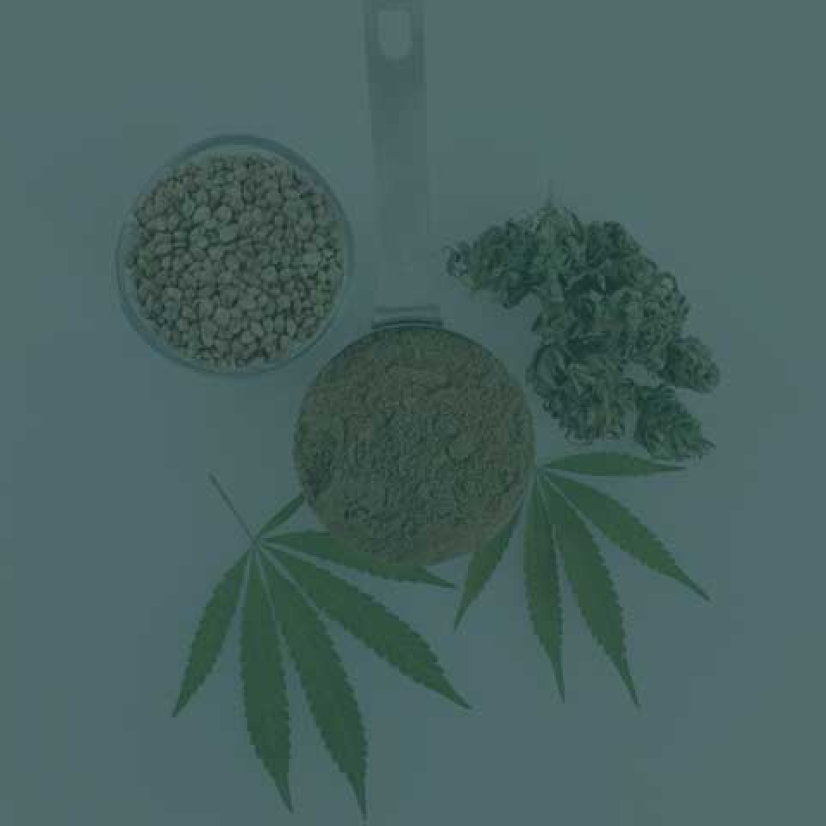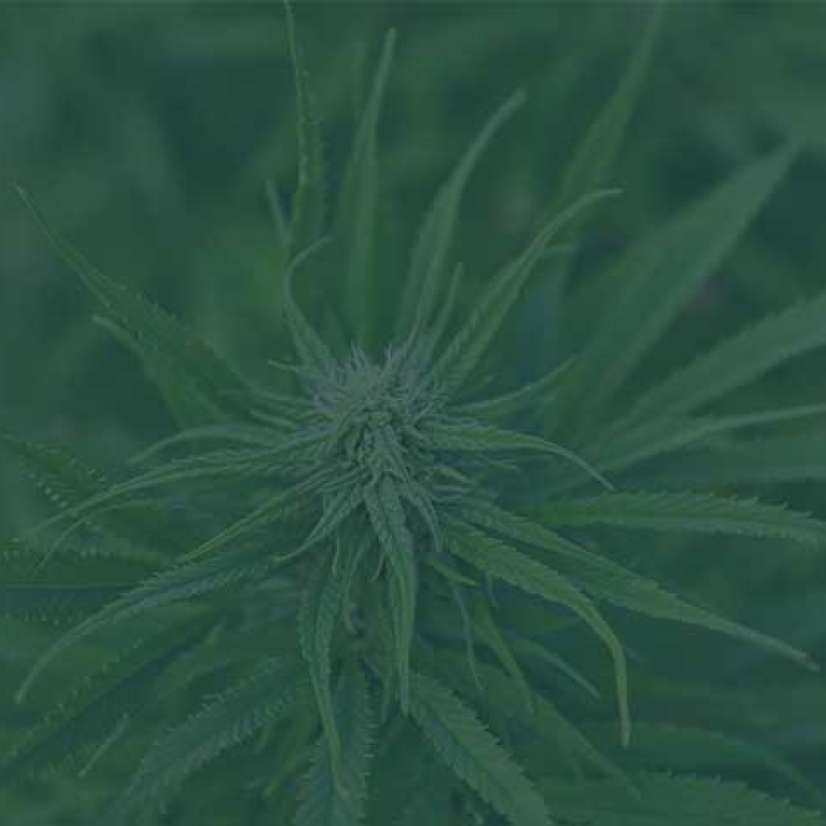Baking with...
Baking with hemp is an excellent way to boost the nutritional value of your treats while adding a subtle nutty...
The Global History of Hemp
Researchers in China and Taiwan have discovered that hemp was in daily use for pottery, as a food in both seed and oil form, and as a medicine as far back as 8000 BCE. In 500- 600 BCE, hemp was in use in Russia and Germany, according to archeological records. Hemp use continued to spread throughout Europe.
In 850, Vikings brought hemp to Iceland. Around that same time period, the Arabs started to make hemp paper. Hemp use was now ubiquitous, including in the farms of England. Farmers not growing were fined by King Henry the Sixth. The colonizing Portuguese brought hemp to Brazil in the 1500s, which was the first documented instance of hemp in the New World.
Then in 1606, hemp was brought to Jamestown in North America by English settlers. At that time, it was grown for ropes, sails, and clothing. The earlier laws in the 1700s required farmers to grow hemp throughout the British Colonies. The US Founders wrote Declaration of Independence drafts on hemp paper. Abraham Lincoln used hemp oil in his lamps in 1840.
Hemp in America
The United States Department of Agriculture (USDA) published a study in 1916 about the value of hemp. It stated that hemp provides four times more cellulosic fiber per acre than trees.
In 1937, The Marihuana Tax Act was the first restriction on hemp and other Cannabis sativa varieties. This was the first roadblock to stand in the way of hemp production. The dire circumstances created by World War II led to a brief resurgence of domestic hemp cultivation. The USDA introduced the "Hemp for Victory" campaign encouraging farmers to grow hemp so as to domestically grow the raw materials for rope and canvas, since the US could not source it from Asia during the war. Under this program, hemp was farmed on 150,000 acres per year.
After World War II ended, hemp was grown very spottily until 1957, which was the year the US saw the last commercial production.
In 1970, the Controlled Substances Act listed "marihuana" as a Schedule 1 narcotic and made no distinction between marijuana and hemp. For almost 28 years, the regulation on hemp and marijuana continued with full force until 1998. In that year, hemp seed and oil were imported as edible/food products. The seed and fiber of the hemp plant was exempted from the definition of marijuana and thus those products could be imported and sold in the US.
Hemp started to catch on in the organic market as an edible and in the fiber and textile markets. The Canadian government legalized hemp production in 1998 and farmers in North Dakota and Minnesota began wondering why their neighbors across the border could grow hemp but they could not. Farmers in Kentucky were desperate to find a crop that could replace tobacco and they pushed for the legalization of hemp in the US.
In 2014, the Farm Bill allowed state departments of agriculture and institutions of higher education to administer pilot programs to research the production and marketing of hemp.
Hemp was fully legalized by the 2018 Farm Bill amendment. That act removed hemp from the Controlled Substances Act. It allowed hemp to freely move throughout the nation, even through states that prohibit its cultivation in their border. It also gave tribes the right to regulate hemp on their own lands.
Increasing Demand of Hemp Once Again
As we finally move beyond the legal and policy battles, the future of hemp looks bright. However, there are still real challenges to the industry. Markets and manufacturing infrastructure are underdeveloped. That means supply and demand swings wildly and prices unpredictable. It can be a tough sell for farmers to take a chance on a risky crop. The CBD craze initially enticed many growers. In 2019, there were 500,000 acres grown in the US, which was when the price of CBD oil was at its peak. That overproduction then lead to the steep decline in the price of CBD. As a result, only 336,000 acres were grown in 2020, and even less in 2021.
The markets and supply chains for food made from the hemp seed, and industrial products made form hemp hurd and fiber are in their infancy. These markets are where the future opportunities will lie. It takes time for a brand new crop to get a foothold into established industries like food manufacturing, paper, textiles, and construction. Hemp is on track to make great gains in these industries. These gains will come with other benefits such as diversification of agriculture systems, local sources for supply chains, and less reliance on fossil fuels.

